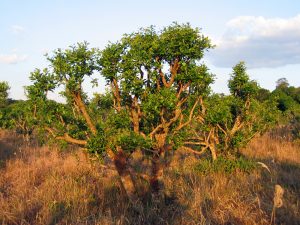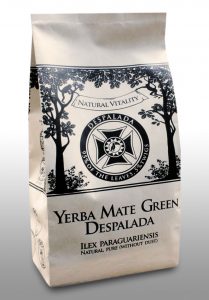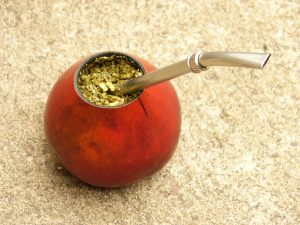By Jeanne Osnas (A botanist in the kitchen)
Along with conifer trees, poinsettias, and mistletoe, hollies are a botanical hallmark of the winter holiday season. So, too, are warm beverages. One of the most popular, at least in South America but increasingly elsewhere, is yerba maté. It is a seasonally appropriate choice because the maté plant is a holly. Unlike its festive holly brethren, however, maté (Ilex paraguariensis) is caffeinated. This puts it in rare company, not only among hollies, but among all plants. In this essay we explore the evolution of caffeine and its ancillary xanthines within the genus Ilex and more broadly across the plant phylogeny.

The four caffeinated holly species are uniquely American taxa, although other psychoactive xanthine alkaloids are present in some European and Asian Ilex species. Other popular caffeinated plants–including coffee (Coffea), tea (Camellia), chocolate (Theobroma), cola (Cola), and guarana (Paullinia)–hale from more diverse geographic origins but are also biased toward American species. All caffeinated species also contain the ancillary xanthines theobromine and theophylline that are part of the biosynthetic pathway of caffeine. The convergent evolution of caffeine is likely due to the ubiquitousness and diversity of alkaloid defense compounds across plants.
For the full story on yerba mate see the Botanist in the Kitchen. There’s also an introduction to it in our #AdventBotany Day 3 blog on Ilex.
Index to #AdventBotany 2020



